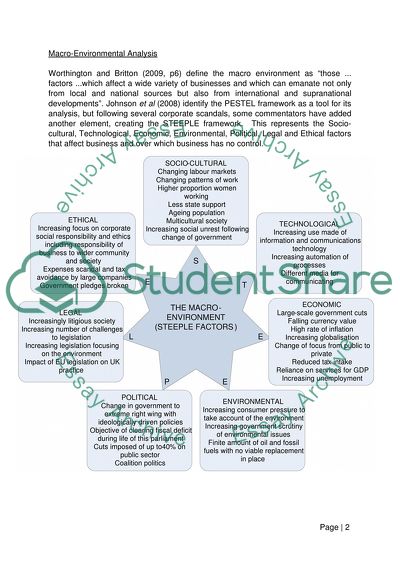Cite this document
(Nivea Soft's Marketing within the UK Research Paper, n.d.)
Nivea Soft's Marketing within the UK Research Paper. Retrieved from https://studentshare.org/marketing/1747573-a-moisturising-cream-for-the-18-34-female-market
Nivea Soft's Marketing within the UK Research Paper. Retrieved from https://studentshare.org/marketing/1747573-a-moisturising-cream-for-the-18-34-female-market
(Nivea Soft'S Marketing Within the UK Research Paper)
Nivea Soft'S Marketing Within the UK Research Paper. https://studentshare.org/marketing/1747573-a-moisturising-cream-for-the-18-34-female-market.
Nivea Soft'S Marketing Within the UK Research Paper. https://studentshare.org/marketing/1747573-a-moisturising-cream-for-the-18-34-female-market.
“Nivea Soft'S Marketing Within the UK Research Paper”, n.d. https://studentshare.org/marketing/1747573-a-moisturising-cream-for-the-18-34-female-market.


